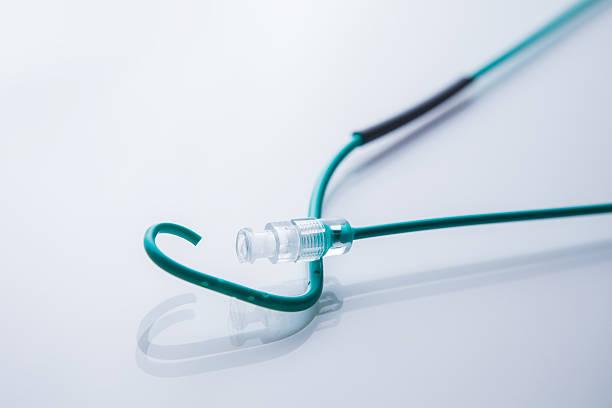Micro guide catheters are small, flexible tubes used in interventional radiology and cardiology procedures to access the cardiovascular system. They allow delivery of guidewires and other interventional devices to extremely small vessels and complex pathologies that may not be reachable by standard guide catheters. The miniaturized design of micro guide catheters provides enhanced maneuverability and support for navigating tortuous vascular anatomies.
Design and Dimensions
Micro guide catheters feature extremely small outer diameters, typically in the range of 2-3 French (1 French = 0.33 mm). For comparison, standard guide catheters commonly range from 5-8 French in outer diameter. The miniature size confers several important advantages. First, it allows targeting of very small vessels down to 2-3 mm in inner diameter that would otherwise not be accessible. Secondly, the low profile results in less obstruction of blood flow and trauma to vessel walls during navigation and intervention.
Micro Guide Catheters are constructed of flexible yet reinforced polymer materials like nitinol, Pebax or stainless steel to provide support without compromising bendability. Many models incorporate additional refinements like soft, tapered tips and hydrophilic coatings to further aid trackability. Side holes or openings along the shaft allow for contrast medium injection and pressure monitoring without blockage. Ergonomic configurations with extra support, torque and pushability are available depending on the clinical application and complexity.
Applications in Interventional Radiology
Micro guide catheters enable a variety of minimally-invasive endovascular procedures that previously required open surgery. For treatment of cerebral aneurysms, they facilitate delivery of coils or stents into the tiniest vessels around the brain and access to wide-neck or deeply embedded sacs. Other neurointerventions such as arteriovenous malformation embolization, dural fistula closure and tumor ablation also benefit greatly from the navigability of micro catheters.
In the peripheral vasculature, micro guide catheters support interventions like treatment of below-the-knee arterial disease, vascular malformations, dialysis access interventions and selective catheterization of renal or hepatic arteries. They are indispensable for transcatheter arterial chemoembolization (TACE) or radioembolization of liver tumors, allowing targeted delivery of beads or radioactive particles into minimally branched tumor-feeding arteries down to 2mm.
Cardiovascular Applications
In the cardiovascular system as well, micro guide catheters are critical tools. They extend the reach of percutaneous coronary interventions (PCI) into small and tortuous vessels that can't accommodate standard guide catheters. This includes complex cases with chronic total occlusions, severe calcification or multiple branches. For congenital cardiac procedures in pediatric and adult patients, they facilitate transcatheter closure of small patent ductus arteriosus, atrial septal defects or ventricular septal defects.
Micro catheters also assist transcatheter aortic or pulmonary valve replacements in navigating the iliofemoral artery through extremely tortuous iliac arteries. Other uses encompass delivering medications or performing angioplasty/stenting of the carotid, renal, iliac or lower extremity arteries. Advanced applications involve left ventricular access for mitral valve interventions, crossing septal defects or anatomic variations, and delivering implants during transcatheter mitral valve repair.
Future Prospects
As interventional skills and techniques continue to progress pushing the boundaries of minimally-invasive treatment, the role of micro guide catheters is poised to grow exponentially. Areas that may benefit from ongoing micro catheter technology development include transcatheter interventions for congenital heart disease, mitral valve disease, bypass graft interventions, coronary bifurcation lesions and chronic mesenteric ischemia.
Design improvements focus on ultra-trackable tips, steerable configurations, enhanced support without compromising flexibility, lubricity for tough anatomies and compatibility with complex devices. Three-dimensional roadmapping and robotic navigation hold promise to extend micro catheter navigation abilities even further. In the future, bioabsorbable micro implants and delivery platforms may expand the viable target range. Wider availability and training on these delicate tools will cement their indispensable niche in the non-surgical management of cardiovascular and peripheral vascular disorders.
Micro guide catheters have revolutionized the endovascular management of numerous conditions by addressing previously inaccessible small vessel anatomies in a minimally invasive manner. Their enhanced navigability allows delivery of therapeutic agents or implants to the most complex pathological sites with precision. Continued technical refinements and growing operator expertise will no doubt expand the feasible applications of these innovative catheters. Along with simultaneous advances in micro devices, micro catheters represent a key driving force behind the expansion of minimally-invasive care into even smaller territories.
Get More Insights On This Topic: https://www.trendingwebwire.com/micro-guide-catheters-uses-in-surgery-and-procedure/



